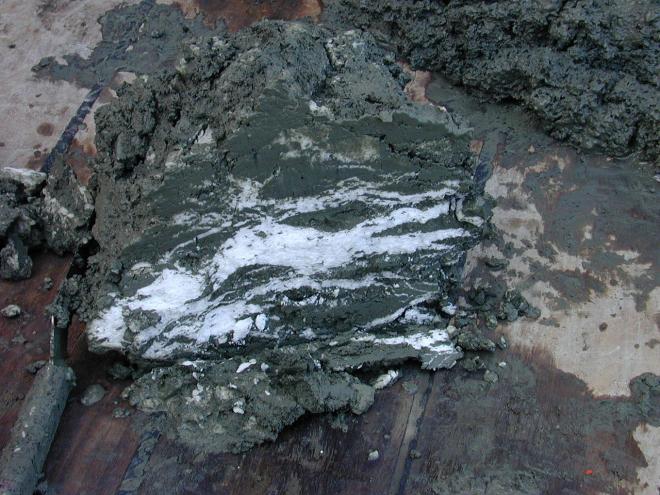Exploring potential for new energy resources
The below case study shares some of the technical details and outcomes of the scientific and HPC-focused programming support provided to a research project through NeSI’s Consultancy Service.
This service supports projects across a range of domains, with an aim to lift researchers’ productivity, efficiency, and skills in research computing. If you are interested to learn more or apply for Consultancy support, visit our Consultancy Service page.
Research background
Paul Oluwunmi, a Postdoc in the Engineering Science and School of Environment at the University of Auckland, is using numerical modelling approach to study the reponse of gas hydrate bearing marine sediment to geological processes and as a method for producing methane gas from gas hydrates.
Gas hydrates are ice-like substances that contain natural gas (often methane) that can be found in large areas below New Zealand’s seafloor. These could represent a significant energy resource for the country if they could be commercially produced. Paul will combine an analysis of seismic data with modelling of gas hydrate dissociation using the academic “gold-standard” code TOUGH+HYDRATE, which has been widely used for both production modelling and predicting the response of gas hydrate systems to oceanic changes.
Project challenges
Running simulations of gas hydrate dissociation requires significant computational power and therefore needs to run on NeSI’s HPC platform. However, porting a complex code to run on a new system is often not a simple exercise. In order to achieve best performance, there can be many different options to tune.
What was done
NeSI Research Software Engineers (RSEs) ported the parallel TOUGH+HYDRATE code to run on both NeSI clusters. The Māui supercomputer is ideal for running calculations that require large numbers of CPUs working in a tightly-coupled parallel fashion, such as the gas hydrate dissociation simulations, while Mahuika and/or the Māui Ancillary nodes can be used for pre and post-processing simulation data.
Time was also spent benchmarking different compilers and compiler options to determine the optimum configuration for best performance and investigating the scaleability of the simulations. The TOUGH+HYDRATE code can be quite complicated to debug when things don’t work as expected and NeSI RSEs also assisted Paul in interpreting tracebacks and errors in output files to narrow down the cause of the failure so that Paul could address the issue.
Main outcomes
Parallel TOUGH+HYDRATE code now running on both NeSI clusters
Benchmarking different compilers and compiler options showed that in general the Intel compiler was found to perform a bit better and Cray Hugepages helped slightly
Scaling tests showed that running on more than 8-10 nodes did not help much and parallel efficiency dropped below 50% around that point
Paul is now able to run his gas hydrate dissociation simulations on NeSI and progress his research
Researcher feedback
"I am grateful to the NeSI team for assisting with the compilation of the TOUGH+HYDRATE code for this research. The outcome of this study will further estimate the potential of natural gas production from gas hydrates which could further contribute to New Zealand’s gas needs."
- Paul Oluwunmi, Postdoc, Engineering Science, University of Auckland
Do you have a research project that could benefit from working with NeSI Research Software Engineers or our Data Science Engineer? Learn more about what kind of support they can offer and get in touch by emailing support@nesi.org.nz.







